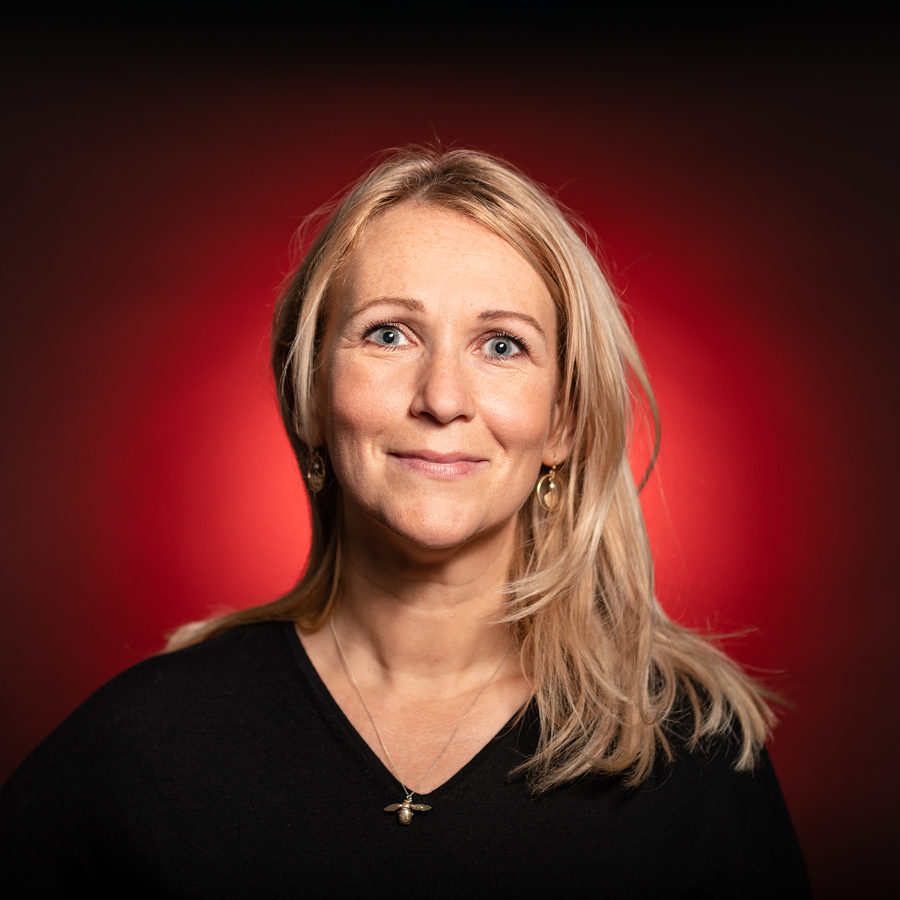A university without walls
How St Gemma’s Hospice and the University of Leeds joined forces to transform end of life care

Lucy Ziegler’s research in oncology took on a very personal significance when her own mother died of breast cancer. Her personal loss and passion for her research made her determined to improve the way we care for those nearing the end of their lives.
Her research contributed to a landmark breakthrough when St Gemma’s became the world’s first University Teaching Hospice. Now its work not only serves the local Leeds community but also helps reduce inequalities in palliative care across the world.
Doesn’t everything die at last and too soon? Tell me, what is it you plan to do with your one wild and precious life?
That day of all days I didn’t need the words of Mary Oliver to remind me that life is precious, short and very precarious.
I was sitting on the plastic chair, reeling from the conversation I had just heard through the curtain drawn around the hospital bed next to me.
I was in a cancer hospital in the north of England. I was no stranger to cancer hospitals – I worked in one – but that day I wasn’t working, I was visiting my mum, and everything I saw and heard took on a different significance. The conversation I heard through the curtain that day profoundly influenced the course of my career.
The oncologist squeezed past me and through the gap in the curtain, pulling it closed behind her. There was nowhere for her to sit down and I could see her feet inches from mine on the other side of the curtain.
The patient was in her 50s; she was sat up in bed chatting to her daughter who, like me, was sitting on a plastic chair next to her mother’s hospital bed.
The daughter spoke first. “We’ve just been talking about Spain and whether we are going to actually get there.” She had told me earlier that a big family trip was booked to celebrate her parents’ wedding anniversary.
The oncologist didn’t answer. Instead she said: “I have had a look at the scan and there are several areas where we can see the cancer has spread. In terms of your treatment, we can see it isn’t working anymore. You don’t need to stay here tonight. I think the best thing is for you to go home so you can be with your family and you can start to think about putting your affairs in order.”
It was more than 10 years ago now, but I can remember the conversation verbatim.
The patient and her daughter both said “thank you” and then the oncologist squeezed back through the curtain.
As they packed up their belongings and drew back the curtain the daughter said, “You must have heard what just happened.” I nodded and said how sorry I was. They explained they were aware this day would come. They knew the cancer was not curable and that, at some point, treatment would stop working altogether.
This context didn’t lessen the significance of the conversation for me. I drove home that night imagining what I would do if someone said I needed to ‘put my affairs in order’.
I didn’t know exactly what it meant, but it felt like a catch-all for ‘get ready to die’. But how on earth do you do that?
What makes palliative care so important?
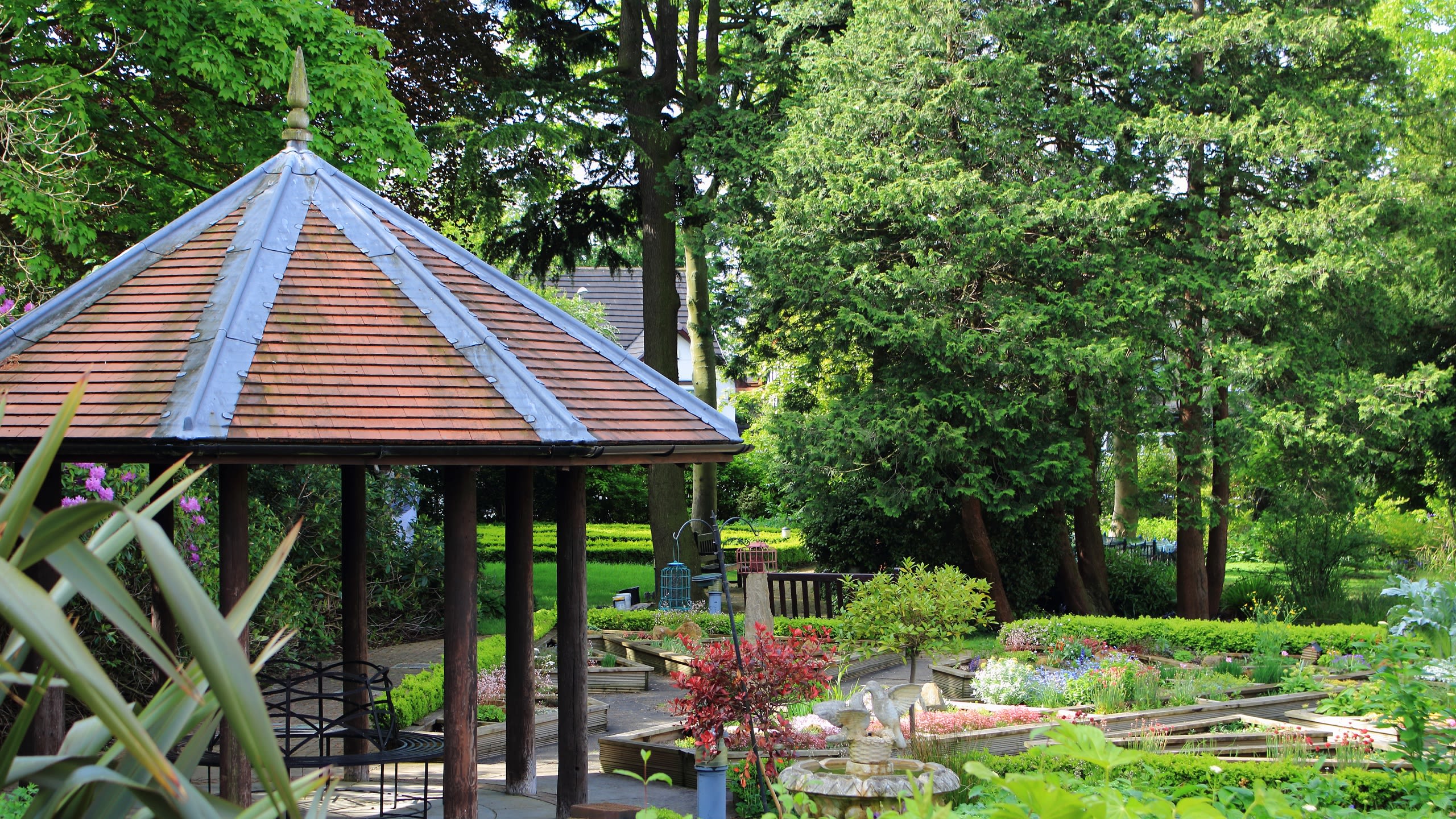
Over the last 20 years, the rapid advancement in the treatment of cancer has led to impressive survival rates for many and a general perception that we’re getting this cancer business cracked.
But the stark reality is that the situation I’ve just described is still not uncommon. Half of all patients diagnosed with cancer in the UK will still die of the disease.
The vast majority of cancer research funding is directed at cancer prevention, improving early diagnosis, or developing new more effective treatments.
Less than 0.3 per cent of the £500m spent on cancer research each year is allocated to end of life (palliative) care. Palliative care aims to help patients with advanced incurable disease live as well as possible by focusing on the effective management of symptoms, both physical and psychological.
Palliative care is very much about maximising quality of life rather than curing disease. In recent years a growing body of research evidence has demonstrated that, for patients with advanced cancer, palliative care has significant benefits in terms of quality of life. In some cases, it can even improve survival.
Palliative care can be delivered in parallel alongside cancer treatment or can come into play when cancer treatment ends. For too many patients, however, it never comes into play at all.
I thought about why palliative care wasn’t integrated into cancer care; the more I thought, the more complex it seemed.
The research programme I was lucky enough to cut my post-doc teeth on was hailed by the Times Educational Supplement as ‘one of the 20 new ideas from UK universities that will change the world’.
The programme, called eRAPID, was led by Professor Galina Velikova. It evaluated a new system for patients to report the symptoms and side effects of cancer treatment via the internet. These reports were then immediately displayed in electronic hospital records, enabling clinicians to use the real-time information to improve symptom management and care.
It was a hugely exciting to be part of this work, and the potential benefits for patients were profound.
But I couldn’t shake off my preoccupation with the plight of the 50 per cent of patients with cancer who are not going to be cured. Many, it seemed, were not receiving optimal end of life care.
I thought about some of the reasons why palliative care wasn’t integrated into cancer care pathways, and the more I thought about it the more complex it seemed.
In some ways patients who do not survive cancer are not a totally distinct group to those who do, and this is one of the challenges.
Many of the patients who die from cancer will have trodden a similar path to those who survive, initially at least.
Many patients will have started their cancer treatment with an expectation, shared by their oncologist, that the prescribed treatment was likely to cure them.
For many patients, half of them to be specific, that will be the outcome. For the rest, their cancer may not respond as expected or may respond well initially and then return. It is hard to predict which course the cancer will take and who will need palliative care and when.
At the point of diagnosis, regardless of whether the cancer is considered curable or not, oncologists, patients and their families are usually united in a common goal of preserving life for as long as possible.
The advancement of cancer treatments means that, with some types of cancers, it is now not uncommon for a patient to live for ten years or more with incurable disease. In that sense, some cancers are becoming chronic conditions and the need for palliative care in this context is highly variable.
Looking for answers
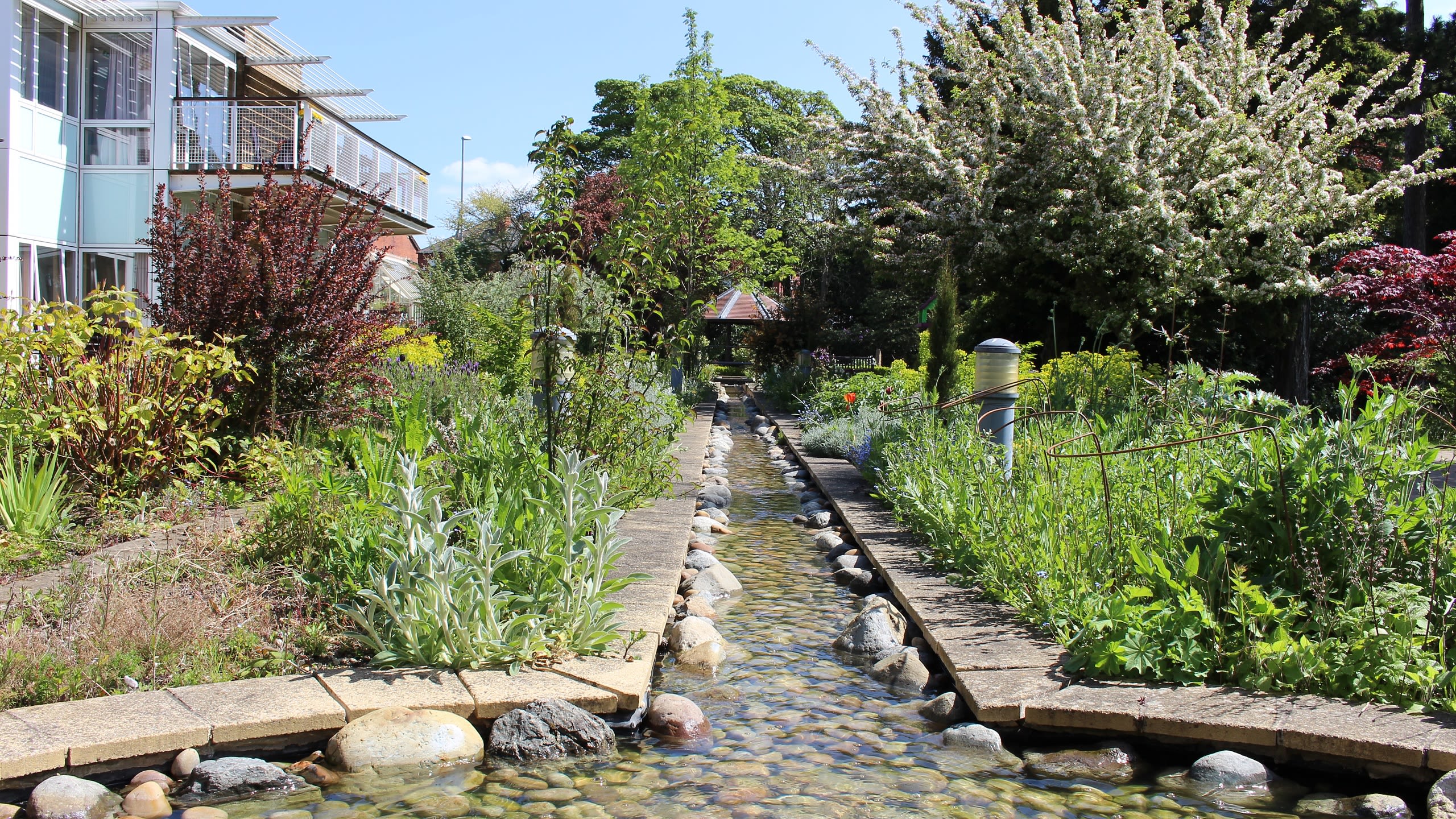
The impact of the conversation I had overheard in the cancer hospital had been compounded the following week by an almost identical conversation between an oncologist and my own mum, who then died a few days later.
More than ever, I wanted to understand why palliative care was not routinely integrated into oncology care in situations where patients had advanced disease or where prognosis was uncertain.
I wanted to know what could be done to help patients derive the benefits that the research evidence showed went hand in hand with timely access to palliative care. I wanted to find the answers and then I wanted to find a way to do something about it.
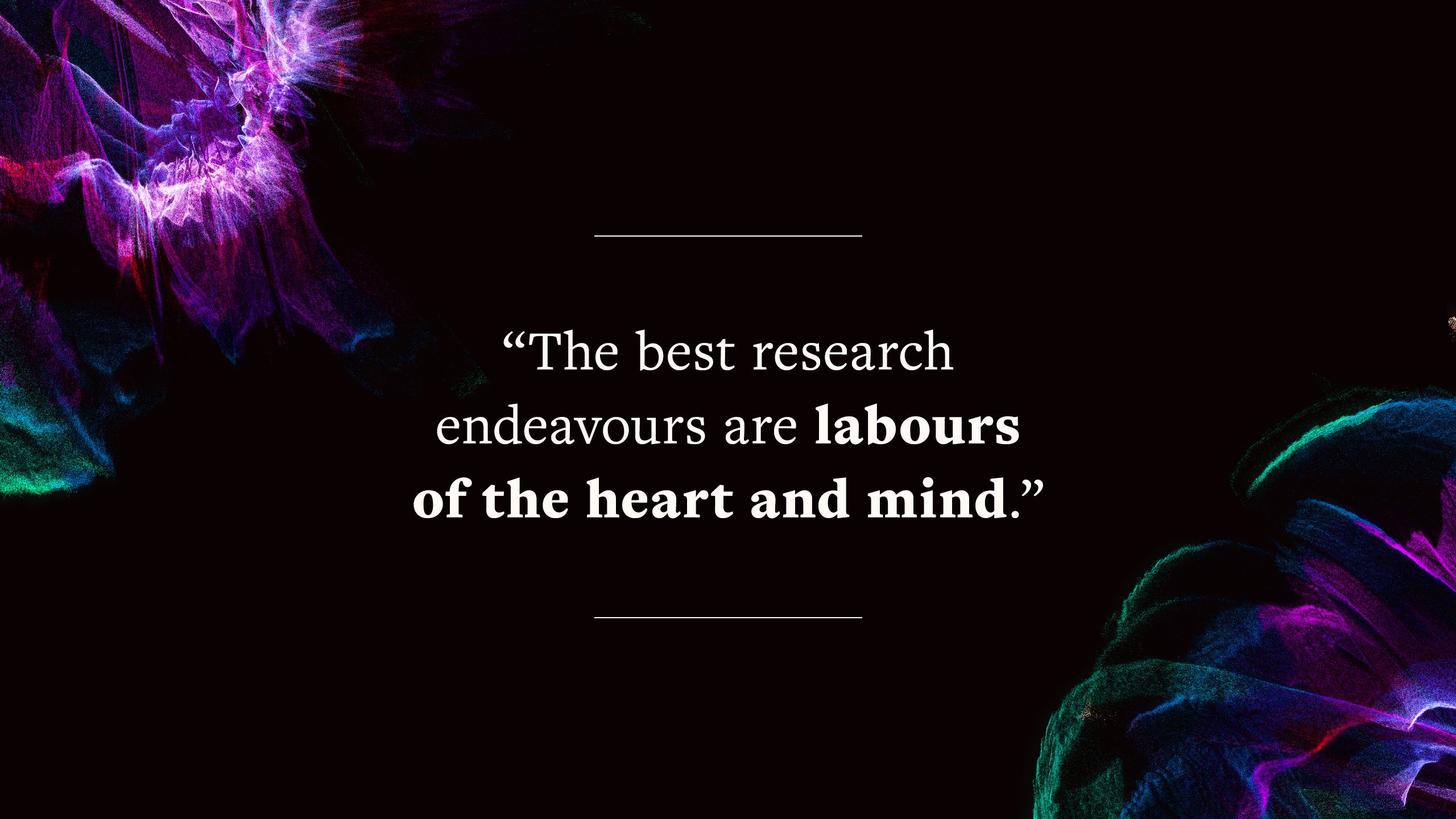
I applied for a University Academic Fellowship to develop a five-year programme of research to do just that.
The fellowship was awarded after a decidedly unimpressive interview where I spilled a glass of water and wore a cardigan inside out. In the interview presentation I stuck rigidly to relaying the research evidence about the benefits of palliative care for patients with advanced cancer.
What I had really wanted to do was tell the story of the patient behind the curtain. How she went home that day, without, as far as I was aware, having had a conversation about palliative care, and how it seemed to me she had been cast adrift without a paddle.
I wouldn’t have dared mention my own mum’s experience at that stage, I would have dissolved into a puddle. I felt at the time good scientists were objective, incisive and detached and there was no place for personal stories in presenting a credible case for funding. I have changed my mind about that.
I now think the best research endeavours are labours of the heart and mind. I now realise there has to be something more than academic curiosity to sustain your enthusiasm when you are feeling battered by the latest grant or paper review. ‘I would describe this application as solid rather than stellar’ was a recent such comment.
When to get off the train

I couldn’t wait to get started with the fellowship. My first plan was to explore access to palliative care locally for patients with cancer.
Leeds is particularly well provisioned in terms of palliative care services so whatever the situation was locally, the likelihood was that the national picture would be worse.
I analysed data on a population of 2,500 patients who had died from cancer in Leeds and found that around one-third had not been referred to specialist palliative care services at all. Among them may have been people who were getting good quality end of life care from their GP or oncology team – but it is likely there were others who were not receiving any adequate support or care at the end of their lives.
I also found that, for patients who did get access to palliative care before they died, the involvement was only initiated around 7 weeks before death. That wasn’t necessarily a bad thing; even short periods of palliative care brought benefits. Two weeks of palliative care was associated with a greater chance of avoiding dying in hospital. With four weeks of palliative care, the benefits stacked up further.
It meant patients were also more likely to avoid being admitted to hospital in an emergency and they were more likely to get access to more powerful pain relief.
We had established that in a local population there was certainly room for improvement. We then looked at the national data; the picture was, as we expected, even worse.
Around this time, I had a conversation on a train with a man in his early fifties with a four pack of beer and two KitKats.
I was on my way to a conference in Glasgow and reading through some slides on my laptop. He asked about my job and he had plenty to say. He had recently stopped treatment for lung cancer; it was his choice, he explained. It wasn’t working but was making him feel very ill.
He described having cancer treatment as a bit like embarking on a train journey:
You are hoping you got on the right train and that you will arrive where you wanted to go but you really need to know when to get off.
The analogy has stayed with me, but there’s a problem with it. By anyone’s standards getting off a moving train is a universally bad idea, and if you get off at a stop before your intended destination, it’s hard to know what awaits you. It’s no surprise many patients with cancer choose to ‘stay on the train’.
To be able to ‘get off the train’ at the right time (and perhaps explore other modes of travel) you really need to have an accurate understanding of your prognosis. This is much harder than you might think.
Over 40 years of research evidence shows how difficult it is for doctors to accurately predict how long a patient has left to live; typically they overestimate survival.
Interestingly, the longer a doctor has known their patient, the more likely they are to be over optimistic about their likely survival. As patients survive for longer and show variable and hard-to-predict responses to new and ever expanding treatments, the odds are stacked heavily against doctors being able to master the elusive art of accurate prognosis any time soon.
There were clear barriers – and importantly they were things we could do something about.
Even when it is possible to make a prognosis, patients don’t always want to know it.
A recent international study of 1,400 patients with advanced cancer found that 55 per cent believed, incorrectly, that their cancer was curable. These patients were all receiving palliative care, which you might assume would make their prognosis explicit. The ability to maintain hope is a highly effective coping strategy and we are not always receptive to information that challenges it.

Image: Nick Fewings, Unsplash
Image: Nick Fewings, Unsplash
The difficulty around prognosis is clearly a barrier to accessing palliative care, but it wasn’t one I felt we could do much about. People much smarter than me had already been trying for 40 years.
Instead we looked for other opportunities to intervene. We asked patients and oncologists to reflect on consultations where they had discussed palliative care or where they had thought about it and decided not to.
Patients told us they felt the term palliative care was synonymous with death or they simply didn’t fully understand what it was. Oncologists explained how it felt like they are failing their patients, letting them down or abandoning them by raising the possibility of involving palliative care services.
These were clear barriers to effective integration of palliative care for patients with cancer – and importantly they were things we could do something about.
We applied to the National Institute for Health Research for funding and got lucky. The STEP (Supporting Timely Engagement with Palliative care) study soon got underway. It enabled us to explore ways to improve patient understanding of palliative care and to develop and feasibility test training and communication guides to help equip doctors with the skills and confidence to have these challenging but crucial conversations about palliative care with patients.
There is much still to do in terms of improving integration of palliative care alongside oncology care, but this project has enabled us to make a good start.
The power of collaboration
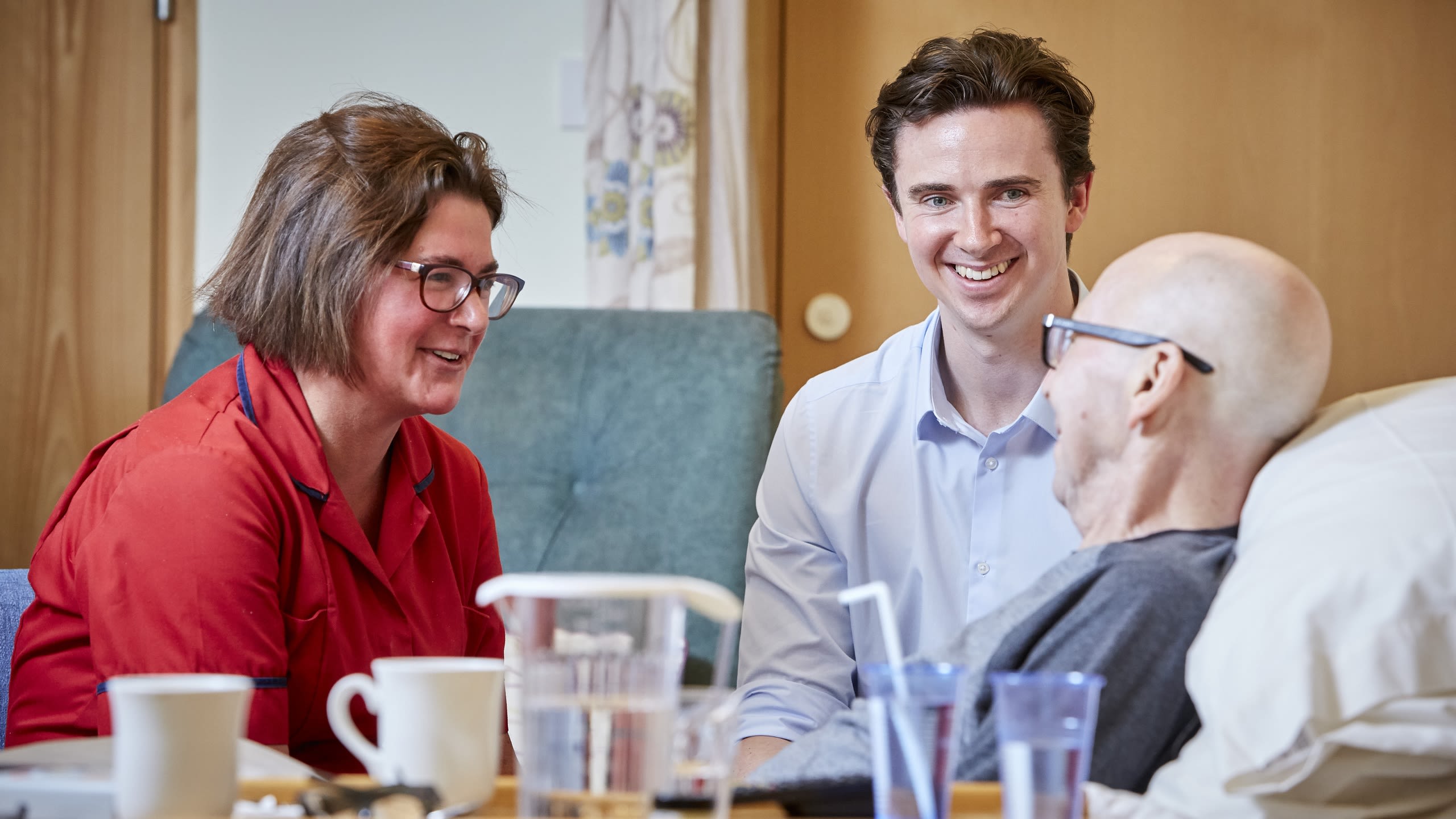
The research I’ve described is just one programme underway in the University of Leeds’ Academic Unit of Palliative Care.
The Unit is a collaboration between the University of Leeds and St Gemma’s Hospice and this year marks its tenth anniversary. Ten years is not very long in research terms.
To give you a flavour of how slowly the wheels can turn, it takes on average 12 years for an experimental drug to travel from the laboratory to our medicine cabinets.
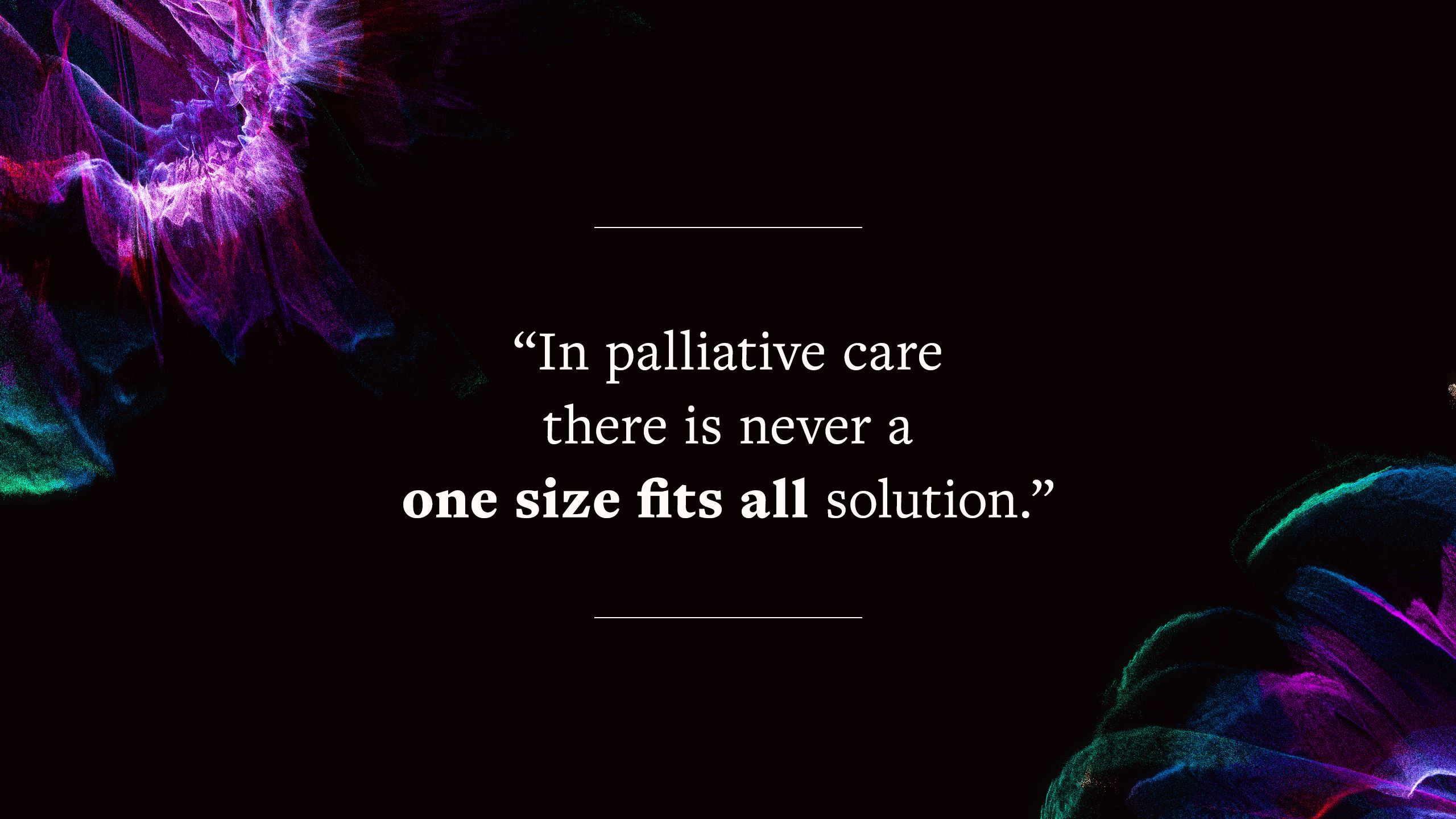
Palliative care research, though very different, is equally complex – not least because it is about people and at its heart is the need to accommodate individuality.

Enabling individuals to exercise choices that align with their values, beliefs and priorities is the cornerstone of good palliative care, but it makes research progress challenging. In palliative care there is never a one size fits all solution.
Nevertheless, we have achieved a lot in a relatively short time. Under the leadership of Professor Mike Bennett, the Academic Unit has become internationally recognised as an outstanding model for improving care of those approaching the end of life through integrated research, teaching and evidence-based clinical practice.
From just myself and Professor Bennett in 2011, the Academic Unit grew quickly, and in 2012 we were awarded the largest research grant ever funded in UK palliative care. It supported a programme of work to improve pain management in patients with advanced cancer. It felt like palliative care was starting to get the share of funding it deserved.
Collaboration was not just about research – it was an investment in our community at its most vulnerable.
At the start of this research programme, I wrongly assumed that high on every patient’s list of priorities would be to be free from pain. For most that was the case, but not for everyone. One patient explained that he preferred to be in pain than take the opioid pain relief.
He explained: “It does work, really well, but makes me so tired there’s no way I can drive so I can’t get to see the grandkids and that’s what I live for really.” The pain of not seeing his family was far greater than the pain caused by the cancer. That was an important lesson for me.
In 2017, the collaboration between the University of Leeds and St Gemma’s Hospice resulted in a landmark event for Leeds, when St Gemma’s was recognised as the world’s first University Teaching Hospice.
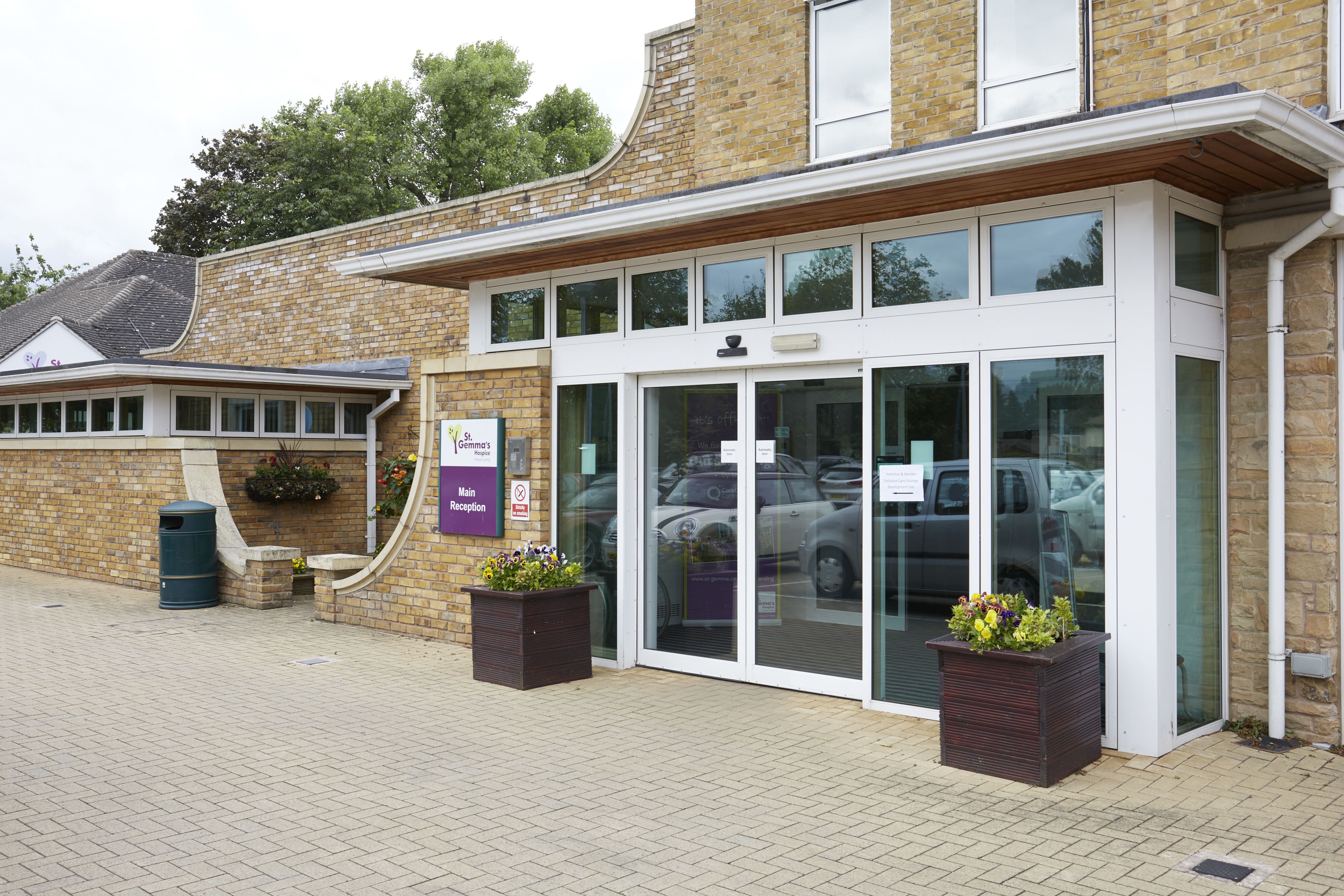
The accreditation was supported by Health Education England and the Medical Schools Council. It was recognition of the successful relationship between the University and the Hospice.
Perhaps more importantly though, it demonstrated the power of collaboration – something that’s very much at the top of Leeds University’s agenda.
St Gemma’s Hospice is a treasured part of our local community and each year provides compassionate end of life care to over 3,000 local people and their families regardless of age, gender, disability, race, religion, sexual orientation or diagnosis. Care is, and always will be, completely free of charge, funded mainly by charitable donations from our local community.
This collaboration was not just about fortifying our research, it was an investment in our community, more specifically, our community at its most vulnerable.
The Academic Unit continues to be driven by the desire to improve the care of patients with advanced disease and focuses on improving the assessment and management of pain and reducing inequalities in access to palliative care locally and globally.
There is still much to improve about end of life care, not least, widespread inequality of access to palliative care. We will continue to work together to address these challenges. I am very proud to have been part of this remarkable research and clinical collaboration from the start.
The Academic Unit of Palliative Care showcases much of the ethos of the University of Leeds and its new strategy – community, innovation, collaboration.
The University of Leeds aspires to be a university without walls – and this work demonstrates how much that can achieve.
